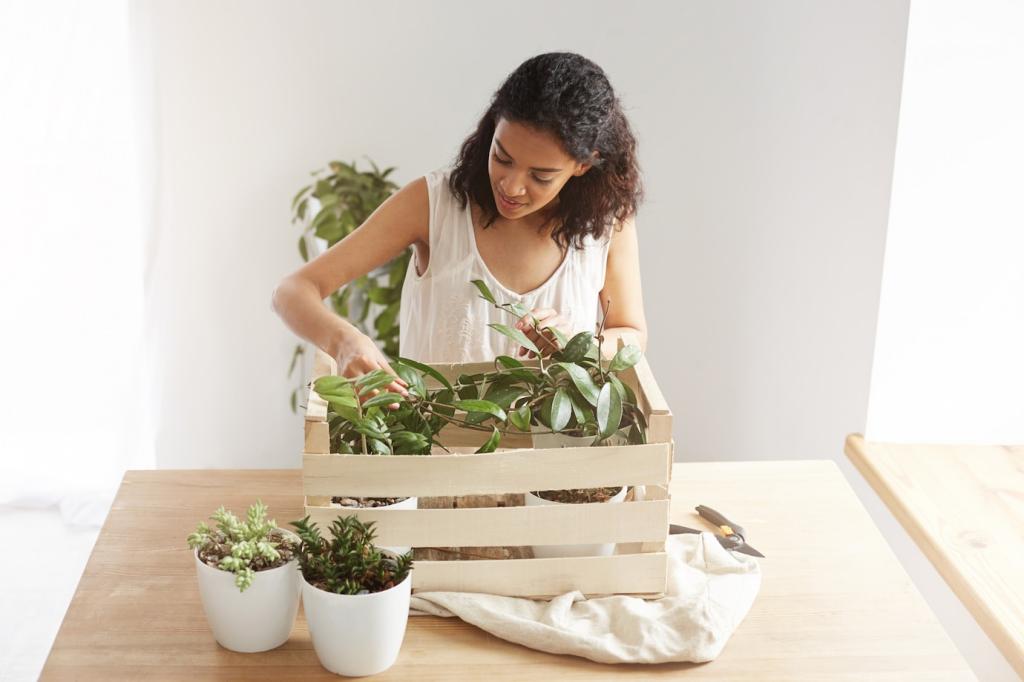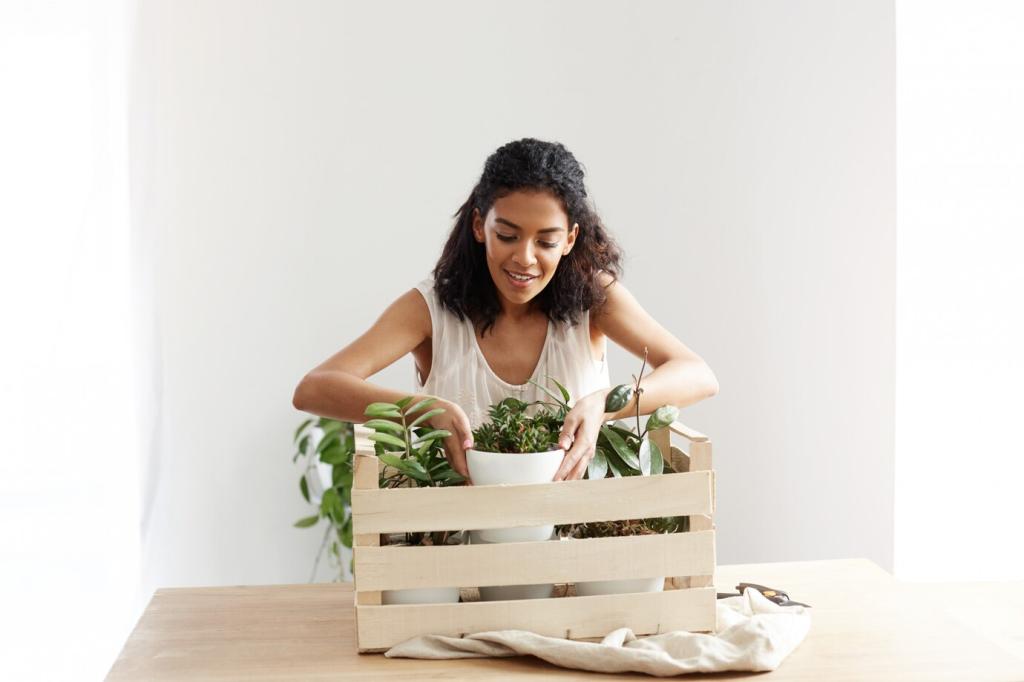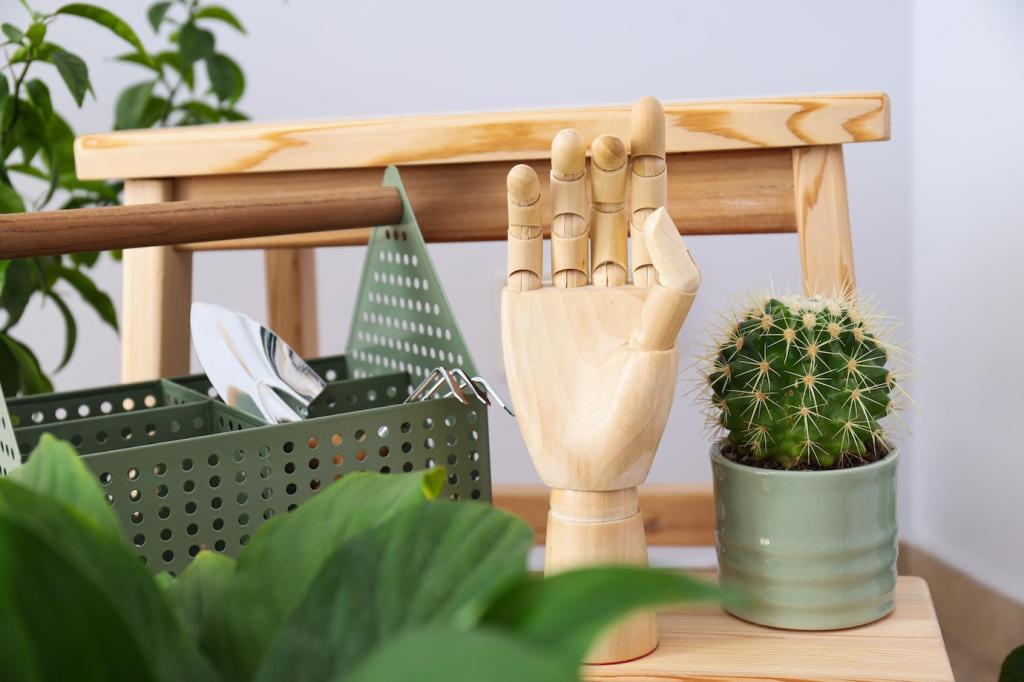Circular Choices: Secondhand, Repair, and Upcycling
Search estate sales, local marketplaces, and architectural salvage yards for solid wood treasures. Bring measurements, a flashlight, and a magnet to check for solid metal. Ask about prior repairs and finishes; older pieces often outlast newer, cheaper builds with hidden weak points.
Circular Choices: Secondhand, Repair, and Upcycling
Tighten joinery, replace hardware, and revive finishes with plant-based oils or waxes. Reupholster with durable, certified fabrics. A weekend of gentle sanding and careful repairs can transform a tired chair into a centerpiece. Share your before-and-after wins to motivate the community.




